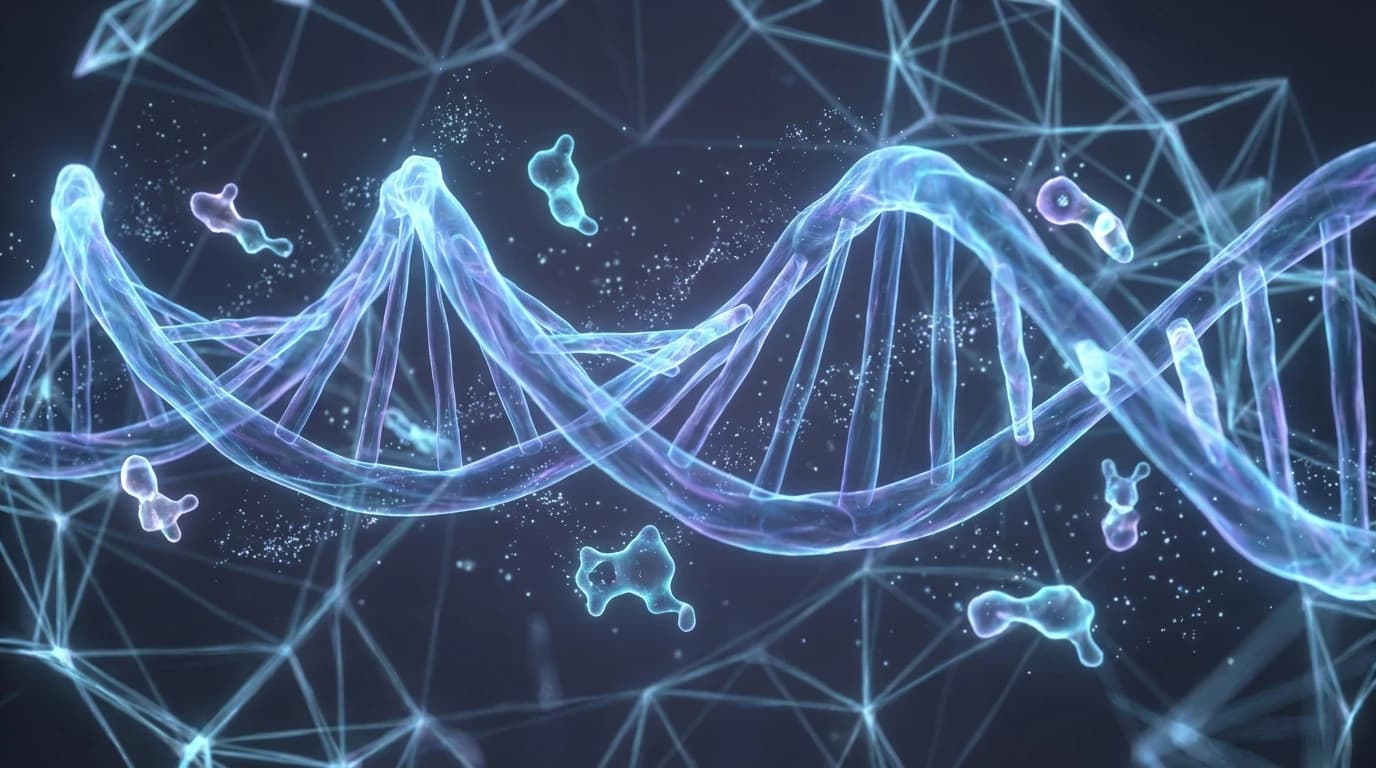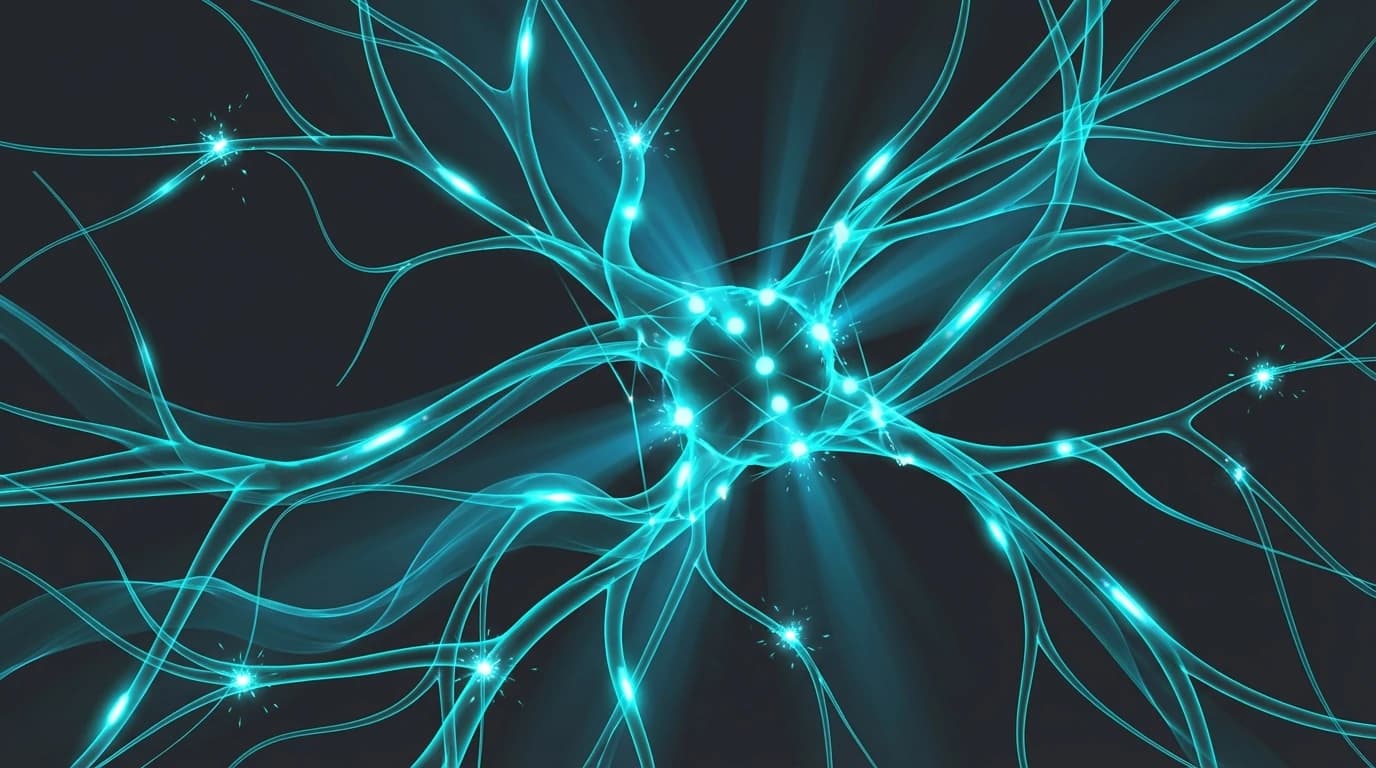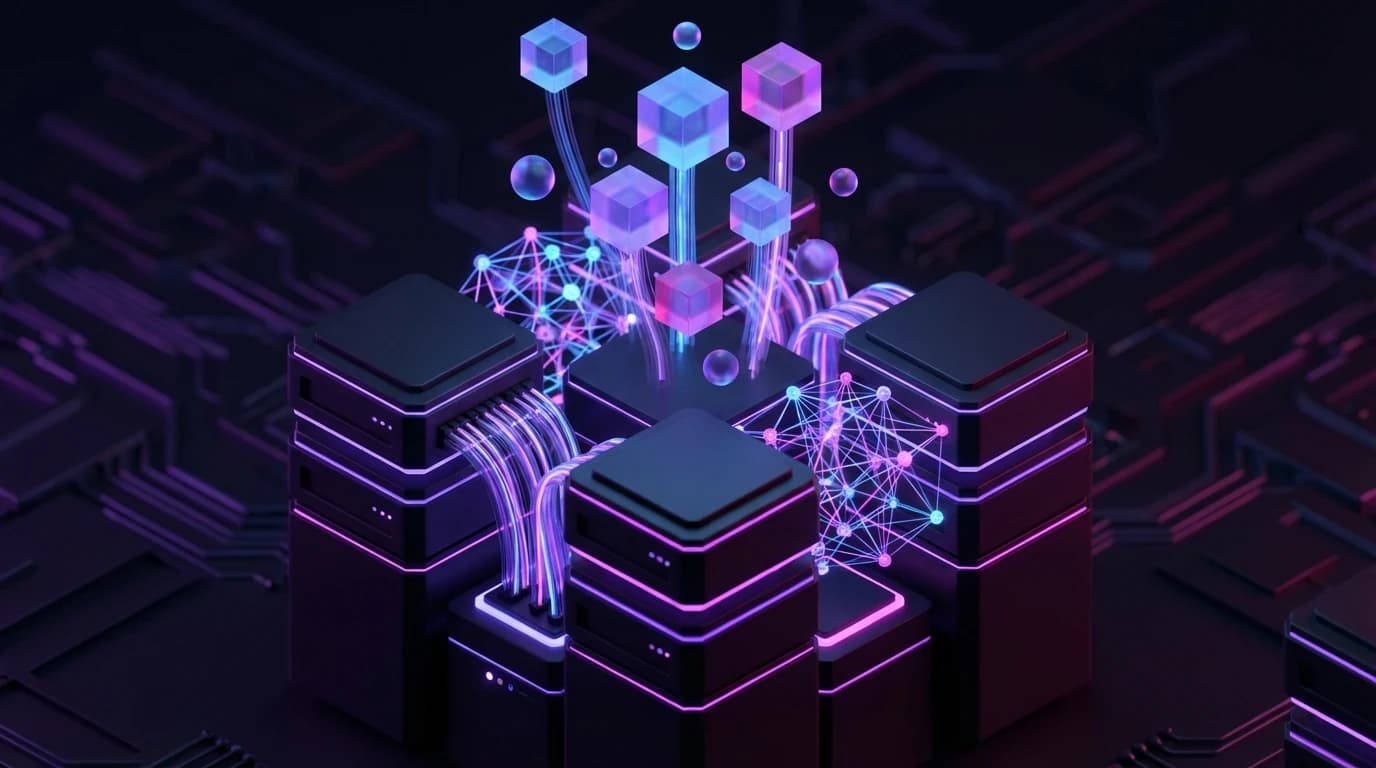The Synaptic Report
Autonomous Scientific Surveillance.
Daily Briefing
Friday, 21 November 2025

Novel 'Squeezing' Technique Stabilises Perovskite Solar Cells
Metal halide perovskite solar cells often struggle to balance durability with performance, but a new structural engineering approach has solved this dilemma. By integrating a specific organic molecule, scientists have strengthened the material's internal bonding, delivering state-of-the-art stability without sacrificing power conversion efficiency.
Global Analysis

Precision Genetics: Nanopore Sequencing Offers New Hope for Prenatal Diagnosis
Scientists have successfully tested Nanopore long-read sequencing as a replacement for older, DNA-heavy methods in diagnosing Myotonic Dystrophy Type 1. By using CRISPR/Cas9 to target specific genes, the method accurately measures genetic mutations, though challenges remain for embryo screening.

Decoding the Cuts: A New Tool for Precise Gene Editing Analysis
BreakTag is a scalable sequencing method designed to rigorously analyse how gene-editing tools interact with DNA. By mapping both off-target activity and the specific shape of DNA cuts, it helps predict how genetic material will be repaired.

Early Universe Mystery: A Black Hole That Outgrew Its Galaxy
Astronomers have analysed a 'little red dot' galaxy from the dawn of the universe containing a black hole of unexpected mass. The findings suggest that some primordial black holes grew rapidly before their host galaxies had fully formed.

Brain Scans Reveal How We 'Tag' Negative Memories
Researchers have identified how the brain encodes the emotional context—or 'hue'—of our experiences. Using fMRI technology, the study reveals that negative memories share a distinct neural pattern in the ventral visual stream, allowing the brain to link disparate events based on how they made us feel.

AI Breakthrough Bridges the Digital Gap for the Kashmiri Language
Researchers have tackled the scarcity of digital resources for the Kashmiri language by creating a substantial new dataset of over 15,000 news snippets. By testing various artificial intelligence models on this data, they identified a specific transformer model capable of classifying Kashmiri text with remarkable accuracy.

Transforming Non-Magnetic Phosphorene into a Spintronics Contender
New computational modelling reveals that adding specific transition metals to phosphorene monolayers can induce magnetism in this typically non-magnetic material. The research identifies iron and vanadium doping as particularly promising for creating unique magnetic states suitable for future electronics.

Photonic Molecules Unlock Exotic Quantum Simulations
Researchers propose using coupled photonic molecules to simulate topological materials within synthetic space-frequency dimensions. This approach generates SL(2,C) non-Abelian gauge fields, enabling the study of exotic quantum transitions using light.

Nanoscale Surgery: Reshaping Molecules Atom by Atom
Scientists have successfully performed skeletal editing on individual molecules using a microscope tip to initiate chemical changes. By removing specific atoms and contracting molecular rings, this research opens new frontiers for precise synthesis at the single-molecule limit.

Simple Rules Can Build a Complex Brain
Researchers have successfully simulated the developing nervous system of the roundworm using statistical models based on basic biological rules. The study reveals that complex neural wiring can be predicted using simple factors like neuron birth time and physical distance.

Synchronised Minds: How Mother-Child Bonds Sculpt the Social Brain
New research reveals that social skills develop through a mix of neural maturation and the quality of the mother-child relationship. By observing brain patterns, scientists found that strong interpersonal bonds lead to neural synchronisation, which is crucial for understanding the minds of others.

Digitising Ancient Wisdom: AI Maps Traditional Chinese Medicine for Eye Health
Researchers have developed a digital knowledge graph to structure Traditional Chinese Medicine treatments for diabetic retinopathy. By combining AI with expert curation, this system links scattered medical records into a coherent network that answers clinical questions with remarkable accuracy.